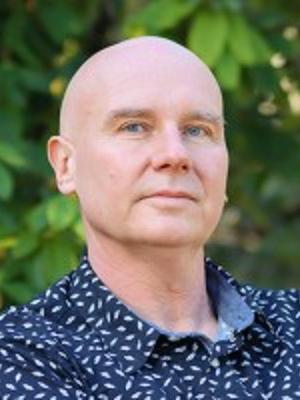About
I have always been fascinated by mass spectrometry and its use as a powerful and sensitive method for chemical measurement and identification. My research interests have always been aimed at direct chemical measurements of trace analytes in complicated, real samples. Early work focused on a number of strategies including laser microsampling and multiphoton ionization approaches, often with quadrupole ion trap mass spectrometers, but for well over a decade, the use of semipermeable membrane sampling interfaces with mass spectrometric and other detection strategies has dominated our group’s research. I am an instrumental analytical mass spectrometrist, and the satisfaction of bringing together new technologies to solve difficult chemical measurement challenges is very rewarding.
Our group was an early pioneer in the ‘lab-to-the-field’ revolution occurring in the area of environmental mass spectrometry, utilizing a number of in-house constructed membrane introduction mass spectrometry (MIMS) systems in a variety of vehicles, allowing spatial and temporal mapping of multiple trace contaminants in the atmosphere. We are currently have an operational $1M mobile laboratory (CFI Funded) capable of making real time chemical measurements in both air and water, in the field, providing cloud accessible, quantitative data directly at the time of measurement via the internet. Current research directions include the miniaturization of MIMS systems as well as the logical extension of MIMS and other direct mass spectrometry (DMS) based technologies into the realm of real time bio-analytical measurements. Recent work has been aimed at developing rapid, quantitative DMS strategies for harm reduction drug checking, providing a powerful new tool for use in the current opioid overdose crisis. Although situated at a small, predominately undergraduate institution, located on beautiful Vancouver Island, our research has global impact. The AERL facilities are well equipped, with a wide range of mass spectrometry systems for both fundamental and applied research. We have broad international collaboration networks, including projects with researchers in Canada, the United States, Germany and Italy. Funding for our research comes from NSERC, CFI and BCKDF as well as other local, national and international sources.
